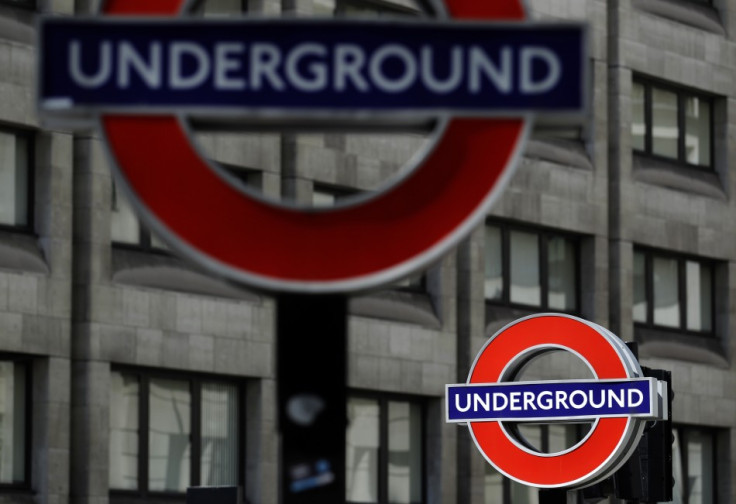Recession Blamed for 74% Increase in Suicides on London Underground

The number of people attempting suicide on the London Underground has dramatically increased over the last 10 years, according to a report in the Evening Standard.
Transport for London figures show 80 people jumped in front of Tube trains last year compared with 46 in 2000 - an increase of 74 per cent in the past decade.
London Underground commuters have endured a total of 29 days of delays in the past decade because of people committing suicide across the train network.
Figures show a noticeable increase since the 2008 global financial crisis.
Sixty-one people threw themselves in front of Tube trains in 2007 and by 2009 the annual figure rose to 82 - a 34 per cent spike.
Mayfair property mogul Paul Castle, 54, jumped in front of a train at Bond Street station last November after his multimillion-pound empire deteriorated in the recession.
King's Cross St Pancras was the worst affected station, with 18 suicides over the last 10 years.
Mile End station followed with 17 suicide-related deaths, a higher number than recorded at bigger stations such as Liverpool Street and Victoria.
The highest number of suicide attempts was recorded on the Northern line, with 145 in the past decade. Consequently, this line suffered the most delays with 29 hours recorded for 2010, a 131 per cent increase compared to 2009.
Over the last 10 years, the Central line had 99 suicides, the Piccadilly line had 92 and the District line had 81.
The lowest number of suicides was recorded on the Jubilee line with just 27 recorded over the past decade.
In 2010, London Underground passengers were delayed by a total of 89 hours by suicides, marking a 137 per cent increase over the past decade. The Central line was held up by 17 hours of delays while the District line suffered 11 hours.
Last year, the months of May and June showed a peak in Tube suicides which saw nine attempts across each month.
© Copyright IBTimes 2025. All rights reserved.



















